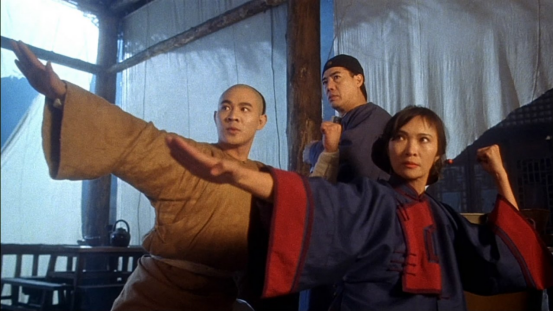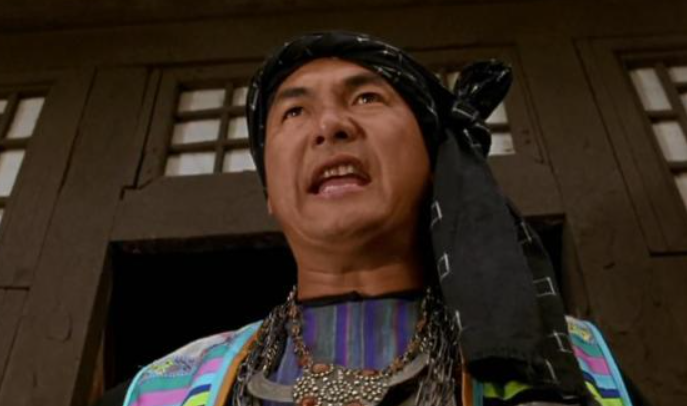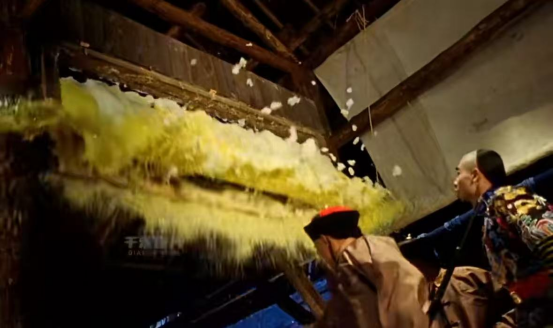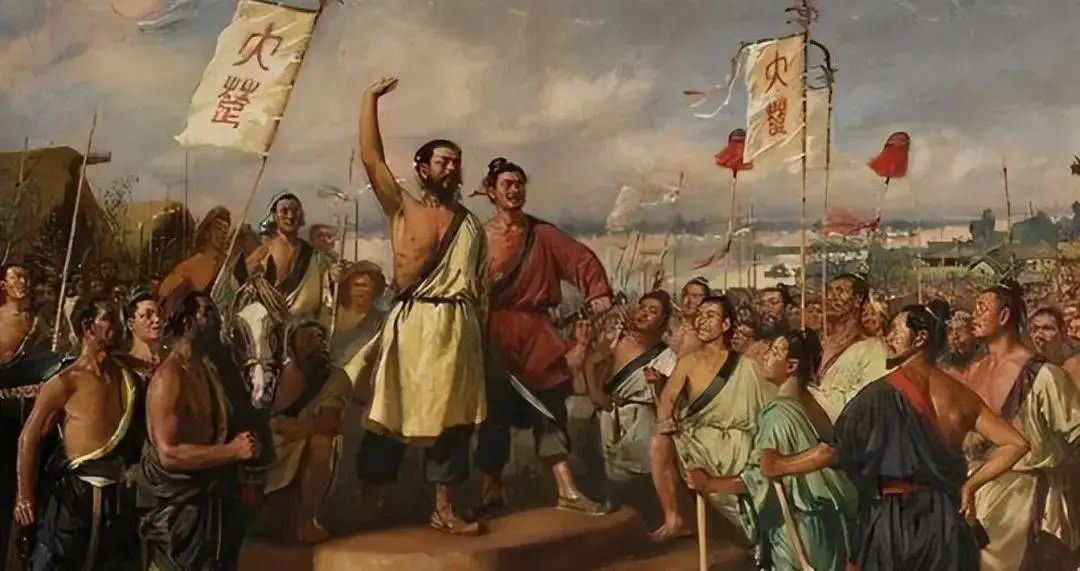“A man should better himself.” This quote from the theme song of Once Upon a Time in China III not only inspired Jet Li’s career pivot but also encapsulates the essence of resilience and self-determination that resonates through this article.
1. Jet Li’s Breakthrough: Founding Eastern Production and Reinventing His Screen Image
In 1992, after completing the filming of Once Upon a Time in China III in Beijing, Jet Li found himself increasingly dissatisfied with being typecast as the martial arts hero “Wong Fei-hung.” Driven by a desire for creative independence, he decided to establish his own film company, Eastern Production (正东电影公司). His first project under this banner was The Legend of Fong Sai-yuk (1993), a story about a rebellious folk hero.
To mark this new chapter, renowned novelist Louis Cha (Jin Yong) gifted Li the pseudonym “Li Yangzhong” (李阳中), meaning “the rising sun in the East.” This name symbolized Li’s determination to forge his own path in the film industry. Unlike his earlier roles, which balanced loyalty to the Qing dynasty with moral ambiguity, Li’s characters in Fong Sai-yuk and later films like The New Legend of Shaolin (1994) embraced outright rebellion against oppressive systems.

2. Hidden Symbolism in The Legend of Fong Sai-yuk: A Mirror of Historical Class Struggles
The film’s narrative subtly mirrors the socio-economic tensions of 19th-century China. Fong Sai-yuk’s parents, Fang De (a textile merchant from Guangdong) and Miao Cuihua (a martial artist from Guangxi), represent the collaboration between Guangdong’s textile industry and Guangxi’s dye workers. Their union symbolizes the backbone of China’s pre-industrial economy: the production and dyeing of cloth.
Key action sequences in the film revolve around dye workshops, where Fong Sai-yuk uses colored water to neutralize Qing soldiers’ firearms. This imagery parallels the real-life struggles of Guangxi’s dye and charcoal workers, whose livelihoods were destroyed by British industrial dominance after the Opium Wars (1839–1862). The Treaty of Nanking (1842) forced open Chinese ports to British textiles, devastating local industries and creating widespread unemployment.

3. The Taiping Rebellion: A Revolt Born from Economic Collapse
The collapse of Guangdong-Guangxi industries fueled the Taiping Rebellion (1850–1864), led by Hong Xiuquan, a failed scholar turned revolutionary. Hong’s God Worshipping Society united unemployed workers, bankrupt merchants, and disillusioned elites, including:
- Feng Yunshan (a bankrupt Guangdong merchant)
- Yang Xiuqing and Xiao Chaogui (Guangxi dye workers)
- Wei Changhui and Shi Dakai (small-scale entrepreneurs in Guangxi)
This “alliance of the disenfranchised” challenged the Qing dynasty’s authority, much like Fong Sai-yuk’s defiance of corrupt officials. The rebellion underscored how foreign economic exploitation could ignite domestic unrest—a theme resonating in today’s global trade conflicts.

4. Trump’s Tariff Wars: A Modern Replay of 19th-Century Exploitation
The U.S.-China trade war under the Trump administration (2017–2021) echoes Britain’s 19th-century tactics. Trump’s tariffs aimed to force open foreign markets for American goods, prioritizing domestic employment and corporate profits over global equity. However, such policies risk destabilizing targeted nations by:
- Destroying Local Industries: Just as British textiles crushed Chinese cloth production, sudden tariff hikes can bankrupt SMEs (small and medium enterprises).
- Fueling Unemployment: Job losses in manufacturing and agriculture may radicalize displaced workers, mirroring the Taiping Rebellion’s origins.
For China, conceding to U.S. demands could revive the specter of “Hong Xiuquan scenarios”—social unrest driven by economic despair. This explains China’s firm stance against unilateral trade pressures.

5. China’s Strategic Position: Balancing Resistance and Global Cooperation
By resisting U.S. tariffs, China positions itself as a defender of multilateral trade, garnering support from other nations impacted by Trump’s policies. For example:
- European Allies: Fearful of U.S. dominance, EU countries have deepened trade ties with China to hedge against American protectionism.
- Developing Economies: Nations like Vietnam and Indonesia view China as a counterweight to U.S. economic coercion.
Meanwhile, Trump’s aggressive tactics face domestic constraints. The U.S. stock market and debt reliance limit his ability to fully decouple from China, creating a stalemate that Beijing leverages to negotiate better terms.

6. Lessons from Eastern Production: Independence in a Multipolar World
Jet Li’s career pivot mirrors China’s current strategy. When Li left Golden Harvest (嘉禾) to found Eastern Production, rival studios supported his independence to weaken Golden Harvest’s dominance. Similarly, China’s defiance of U.S. tariffs attracts global partners seeking to counterbalance American power.
This “A Man Should Better Himself” moment reflects a broader shift: as the U.S. retreats into protectionism, China is seizing opportunities to strengthen its industrial base and global influence.
7. Conclusion: Navigating a New Era of Economic Sovereignty
History shows that economic exploitation breeds rebellion, whether in 19th-century China or today’s tariff wars. By learning from the past, China aims to avoid the mistakes of the Qing dynasty—resisting foreign coercion while fostering domestic stability. For the world, the challenge lies in balancing fair competition with cooperation, ensuring globalization benefits all rather than a privileged few.
As Jet Li’s Fong Sai-yuk once declared: “A hero fights not for glory, but for justice.” In the modern arena of trade and diplomacy, the same principle applies.
Key Terms
- Tariffs: Taxes on imports to protect domestic industries.
- SMEs: Small and medium enterprises critical to economic stability.
- Multilateral Trade: Agreements involving multiple nations to ensure fair competition.
- Decoupling: Reducing economic dependence on another country.
